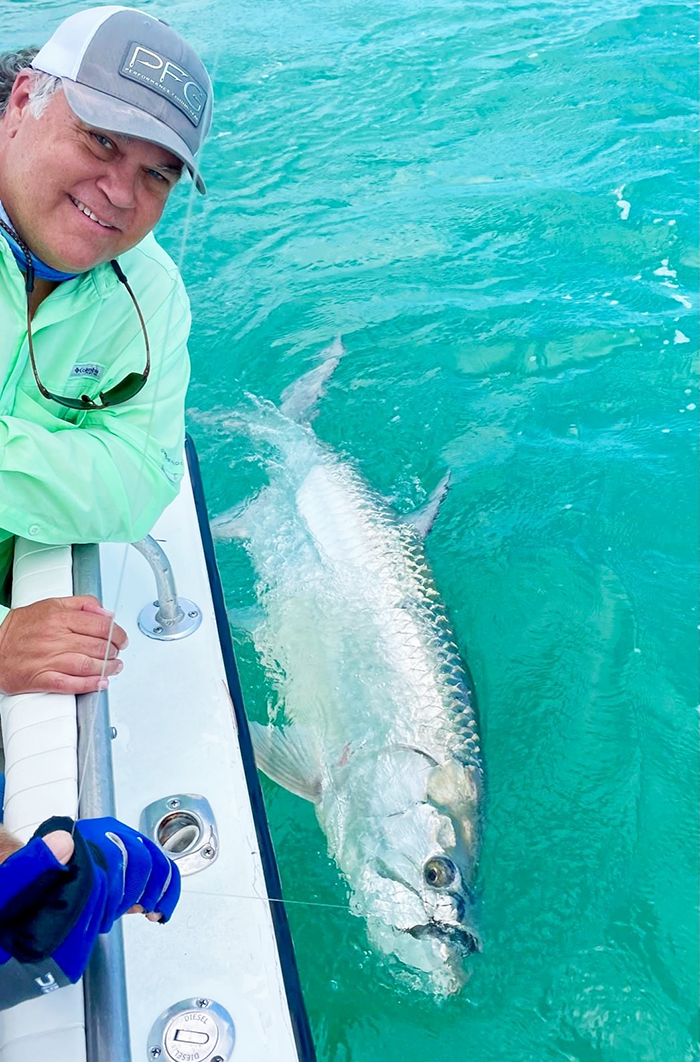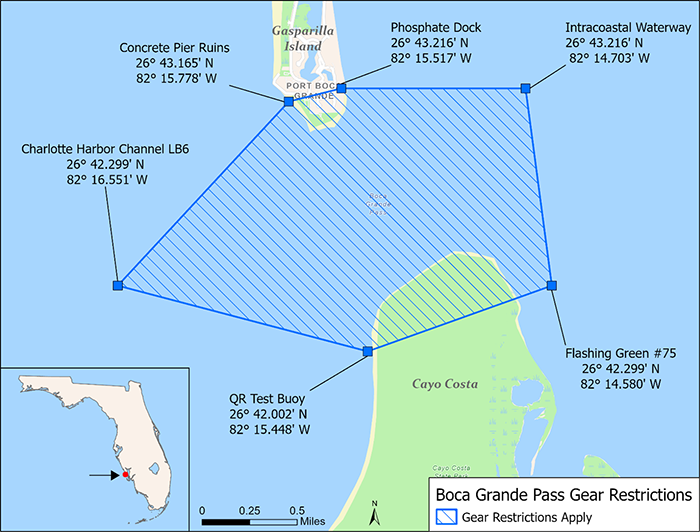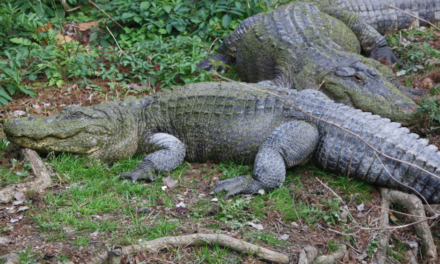
Tarpon Fishing Best Practices
Keep Silver Kings Reigning: FWC Shares Best Fishing Practices For Tarpon Anglers
When fishing for tarpon this season, be sure to use best fishing practices to keep silver kings reigning. The Florida Fish and Wildlife Conservation Commission (FWC) consulted a number of external partners, including charter captains, Salt Strong and Bonefish & Tarpon Trust, to create a comprehensive list of best fishing practices to guide anglers looking to target tarpon. Recommendations focus on what gear to use, fighting techniques, handling tips and release strategies. By following these practices, anglers can quickly and confidently reel in tarpon and help one of Florida’s most iconic saltwater fish species survive release.
Gear:
Set up for success with these spin or conventional gear recommendations to catch tarpon quickly and minimize fight time.
- When using bait, use nonstainless, nonoffset, barbless circle hooks.
- Use single hook rigs.
- Use tackle heavy enough by matching tackle to conditions and targeted fish size.
- Example: If targeting large tarpon, consider using medium to extra heavy spinning rods with 5,000 to 10,000 series spinner reels and at least 12 pounds of drag, 50- to 60-pound braid, and at least 60- to 80-pound monofilament or fluorocarbon leader depending upon the selected crimp or knot-system. Use 6/0-10/0 circle hooks depending on brand and bait type.
- Have a fighting belt or chair available for additional support during the fight.
- Have a long handled dehooking tool to quickly and easily remove hooks.
Fighting:
Aim to minimize fight time of tarpon and use these fighting techniques to reduce stress on the fish.
- If the tarpon rises to the surface or jumps, point rod tip toward the fish and drop rod tip down while reeling in.
- Counter the tarpon’s run by using the backbone of the rod to pull in the opposite direction and use short turns of the reel to bring line in.
- Put the butt end of the rod into your hip or use a fighting belt or chair to get leverage for the fight.
- If the fish tries to go under or around the boat, move to the front of the boat to prevent the line from breaking or becoming entangled.
- Sharks are known to prey upon tarpon during the fight. If a shark shows up, help the tarpon survive by quickly bringing the fish to the boat and cutting the line as close to the hook as possible.
- Move to another fishing location if sharks are in the area.
Handling:
Keep handling to a minimum and be sure to work quickly to allow for a successful release.
- Tarpon over 40 inches MUST remain in the water by rule, unless in pursuit of a state or world record using a tarpon tag.
- Tarpon smaller than 40 inches should only be handled with wet hands and be supported horizontally under the belly, if removed from the water.
- Keep the gills of tarpon in the water to minimize air exposure.
- Keep fingers away from the gills and eyes.
- Avoid dragging tarpon over the gunnel of a boat or over rocks or railings.
- Avoid delaying release by having a camera at the ready if you’re planning to take a quick picture.
Release:
Catch and release tarpon as quickly as possible to reduce stress on the fish.
- Consider a no-touch release by either using a long handled dehooking tool to remove the hook or cut the line as close as possible to the hook.
- If the tarpon is gut hooked or the hook is lodged in the throat, cut the line as close to the hook as possible.
- Revive lethargic tarpon by ensuring water passes through the mouth and then over the gills or hold it horizontally in the water to allow it to pump water through its gills.
- Shorten future fight times if tarpon appear lethargic during release.
Additionally, it is recommended to avoid fishing for tarpon from bridges or piers. Only tarpon under 40 inches may be removed from the water, so if you did hook up to a large tarpon from a bridge or pier, you would have to cut the line and leave long line trailing behind the fish, leading to entanglements and reducing survivability.
Fishing for tarpon in Boca Grande Pass?
Be sure to review the regulations specific to this area. Bottom-weighted jigs are prohibited year-round. This includes fishing with gear that has a weight attached to a hook, artificial fly or lure in such a way that the weight hangs lower than the hook when the line or leader is suspended vertically from the rod. Any jig that allows the attached weight to slip down the shank so that it hangs lower than the hook while the line or leader is suspended vertically from the rod is also prohibited. Any gear or jig that can be described as such, may not be attached to any rod, line or leader and must be stowed when traveling through the Pass. Additionally, from April 1 through June 30, no more than three fishing lines may be deployed from a vessel and breakaway gear is prohibited.
It is important to remember that these restrictions apply to fishing for all species within the Pass.
For more information on tarpon best fishing practices, regulations and frequently asked questions, visit MyFWC.com/Tarpon.
Check out FWC’s short video on tarpon best fishing practices with videos courtesy of Salt Strong: Tarpon Best Fishing Practices Video
Angela Small
Radio Production Assistant

















